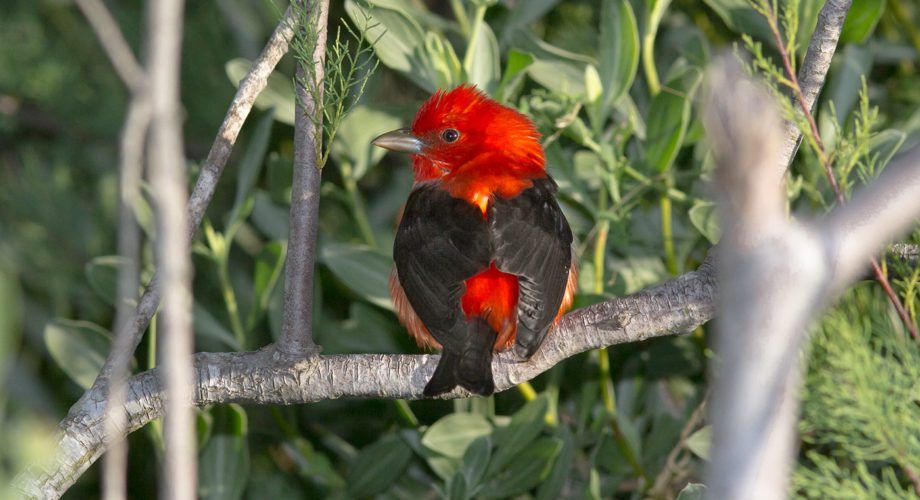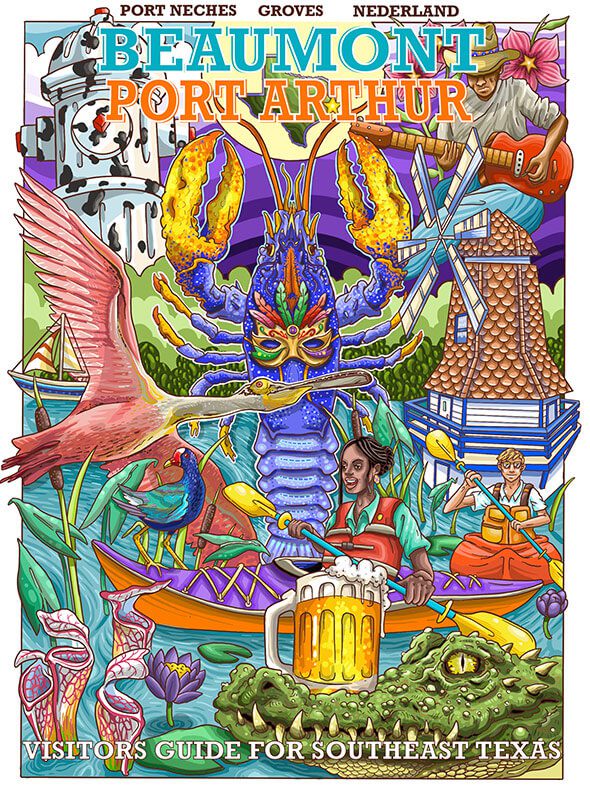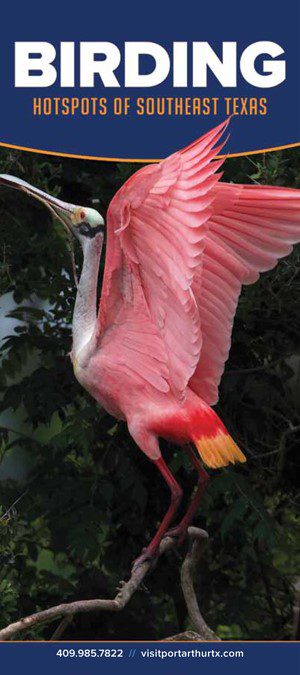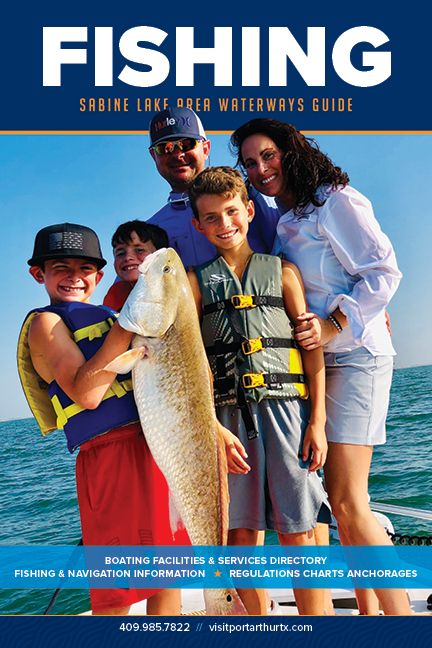A feather-ful migration at Sabine Woods

Sabine Woods
Birders ‘score’ at Sabine Woods “April, for birders in southeast Texas, is like the Super Bowl, March Madness, and Christmas all rolled into one,” opens a report on the spring migration field trip to Sabine Woods. This Texas Ornithological birding site is on Texas 87, a few miles down from Sea Rim State Park.
Golden Triangle Audubon Society
Here’s more of the story by Steve Mayes, from the Brown Pelican, the newsletter of the Golden Triangle Audubon Society: (April) is the heart of spring migration and southeast Texas is one of the best places in the country to take it in. Is it any wonder that the Golden Triangle Audubon Society’s April field trip to Sabine Woods is one of the most anticipated of the year?
But spring migration can be fickle, even at the best migrant trap on the Texas coast at the peak of migration. This field trip in the past has produced spectacular days and spectacularly slow days. So would it be boom or bust in 2016? The answer came pretty quickly and it was exactly what all of the assembled birders wanted to hear – there were lots of birds. As is tradition with this well attended trip, the birders split into two groups with experienced birders in each, and headed to different parts of the woods. On some spring days, the birds may mostly assemble in one section of woods but not on this day! Good birds occupied every section of woods! The total number of birds was not overwhelming as in fallout situations but the diversity was fantastic!
Warblers are are the stars
Warblers are the stars of the spring migration spectacle at Sabine Woods and they did not disappoint. A Yellow Warbler was one of the first sighted, near the entrance to the woods but it was far from the last. Black and White Warblers crept along branches and Hooded Warblers flitted through the undergrowth. Howard’s water feature produced Northern Waterthrush as usual. The main canopy was alive with birds, with multiple fiery throated Blackburnian Warblers lighting up the oaks. Ovenbird poked through the leaf litter on the ground while Worm-eating Warblers probed the dead leaves still on the trees. Sky blue Cerulean Warbler males and seafoam females were gleaning insects from the leaves along with black and yellow Magnolia Warblers. American Redstarts did their flycatching routines while Kentucky Warblers stuck to the ground. A lovely Bay-breasted Warbler and Prothonotary Warbler were located by one group while the other group discovered elegant Yellow-throated Warbler and Nashville Warbler. Truly something for everyone!
Less common warblers were also located on the day. The normal migration route of Blackpoll Warblers takes them through Florida in the spring and they can be hard to locate this far west in some years. Not this year! Golden-winged Warblers are never particularly common on the upper Texas coast but can usually be found at the peak of the season with some effort. That proved true on this day with lovely males located. The closely related Blue-winged Warbler is much more common but was also appreciated by the birders. But, even more appreciated, was a more unusual bird. This bird had the facial pattern of a Blue-winged Warbler but the body pattern of a Golden-winged Warbler. This confusing mixture of traits spells Brewster’s Warbler! Originally described as a separate species, we now know that Brewster’s Warbler is, in fact, the result of hybridization between Blue-winged and Golden-winged Warblers.
From the descriptions of the birds by the different groups, it is likely that there were actually two different Brewster’s Warblers present with slightly different plumage variants. But warblers were not the only migrants present.
Tanager Talk
Summer Tanagers and Scarlet Tanagers were present in brilliant red while Baltimore and Orchard Orioles countered in orange and black. Thrushes are not as colorful but, with Swainson’s, Gray-cheeked, Wood and Veery present, they were still appreciated. Gray Catbirds were common throughout the woods and Ruby-throated Hummingbirds defended the lantana bushes and coral bean plants from each other.
Vireos were also well represented with White-eyed, Red-eyed, Warbling and Philadelphia all present. Eastern Kingbirds were easily seen and Great Crested Flycatchers were easily heard! Eastern Wood-Pewees were obvious on exposed perched while Acadian Flycatchers were a little more shy. Indigo Buntings worked the woodland edges and Rose-breasted Grosbeaks picked hackberries and mulberries from the trees.
#birdportarthur
But Sabine Woods is just one spot (albeit the best one) in the Sabine Pass area and other spots also held great birds. Texas Point National Wildlife Refuge has been excellent all this spring. An active, tail-bobbing western Palm Warbler was a highlight of the spot but Northern Parula and Chestnut-sided Warblers were also present and always nice to see. Two cooperative Groove-billed Anis were a treat for birders and photographers alike, it seems to have been an especially good year for sightings of this species. The mulberry and salt cedar clumps west of Sabine Woods can also hold good birds and migration and, on this day, managed to produce both Blackbilled Cuckoo and a beautiful male Western Tanager. One could go one for quite some time on all of the great sightings of the day – Peregrine Falcon, Crested Caracara, Scissor-tailed Flycatcher, Tennessee Warbler and more! But however many species each birder saw, all can agree that is was a great day, one of the best field trips ever! Will April of 2017 top this?
Come next year and see for yourself!




